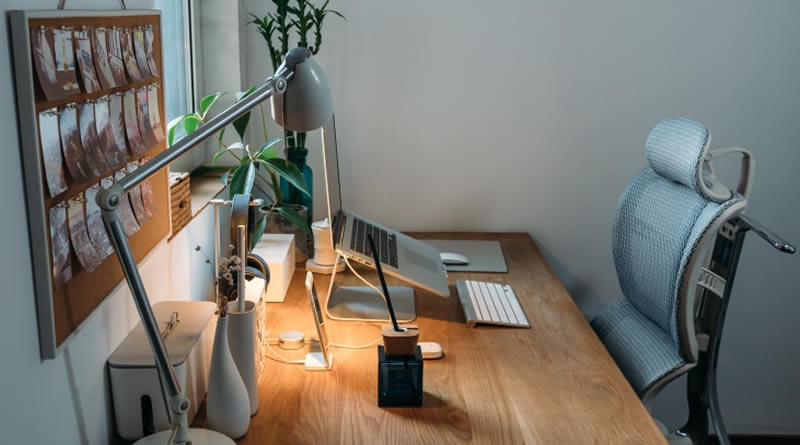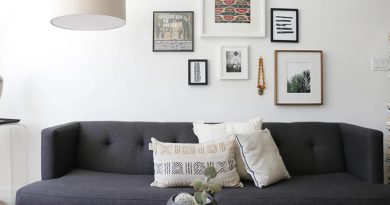How should ergonomics and user comfort be considered when buying furniture?
When it comes to furnishing your home or workspace, it’s essential to prioritize not only aesthetics but also ergonomics and user comfort. Investing in furniture that promotes good posture, reduces strain, and enhances overall well-being can significantly contribute to a comfortable and healthy living environment. In this article, we’ll explore the importance of considering ergonomics and user comfort when purchasing furniture, providing you with valuable insights to make informed decisions.
The Significance of Ergonomics
Ergonomics refers to the study of designing furniture and tools that adapt to the human body’s natural movements and capabilities. It focuses on creating products that optimize comfort, reduce the risk of musculoskeletal disorders, and enhance productivity. When buying furniture, taking ergonomics into account ensures that you’re selecting pieces that support your body’s needs and promote a healthier, more comfortable experience.
Understanding User Comfort
User comfort goes hand in hand with ergonomics, as it pertains to the overall satisfaction and well-being of individuals using furniture. Comfort can be subjective, varying from person to person, but there are universal aspects to consider. Factors such as proper cushioning, supportive seating, appropriate height and depth, and ease of use contribute to user comfort. Understanding your specific comfort preferences and the needs of potential users is vital in making the right furniture choices.
Choosing Ergonomic Furniture
When browsing for furniture, pay attention to its ergonomic features. Look for chairs and sofas that offer adequate lumbar support, adjustable height and recline options, and cushioning that provides proper weight distribution. Desks and tables should have adjustable heights to accommodate different users and promote proper posture. Additionally, consider furniture with ergonomic accessories like keyboard trays or monitor stands that enhance comfort during prolonged computer use.
Testing and Trying Out
To ensure the ergonomics and comfort of furniture, it’s advisable to test and try out pieces whenever possible. Visit furniture showrooms or stores that allow customers to experience the products firsthand. Sit on chairs, test the adjustability of desks, and gauge the overall comfort level. By physically interacting with the furniture, you can assess its ergonomic qualities and determine if it meets your comfort requirements.
Seeking Expert Advice
If you’re unsure about which furniture options are best suited for your ergonomic and comfort needs, don’t hesitate to seek expert advice. Furniture professionals or interior designers specializing in ergonomics can provide valuable insights and recommend suitable pieces based on your requirements. They can help you navigate through the wide array of choices available, ensuring that your furniture selections prioritize both functionality and user comfort.
By considering ergonomics and user comfort when buying furniture, you can create spaces that promote well-being and enhance the overall experience of those who use them. Remember the significance of ergonomics in supporting the body’s natural movements, as well as the importance of user comfort in providing satisfaction and relaxation. Choose furniture with ergonomic features, test and try out pieces whenever possible, and seek expert advice when needed. By incorporating these considerations into your furniture-buying process, you can create spaces that are not only visually appealing but also conducive to comfort and optimal functionality.




